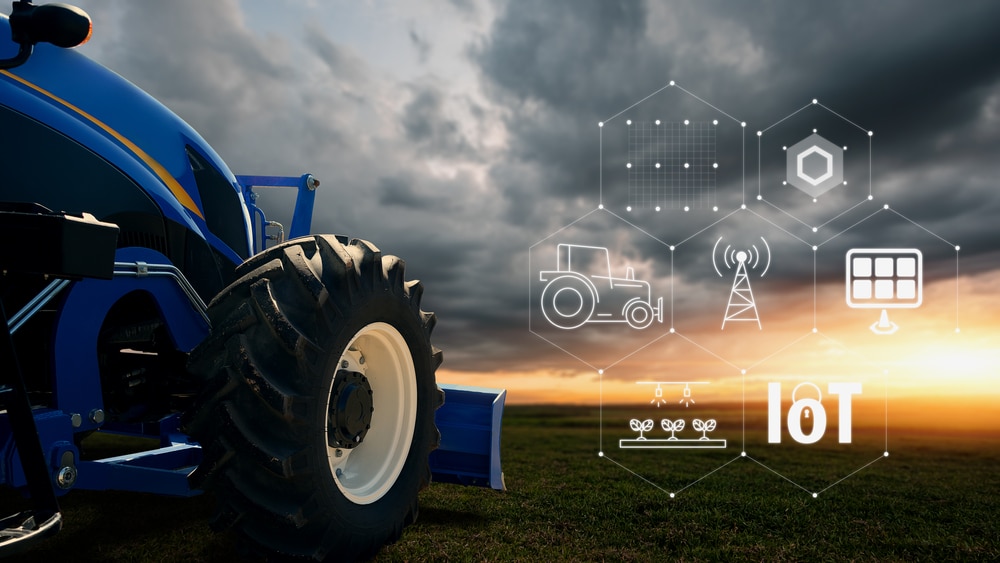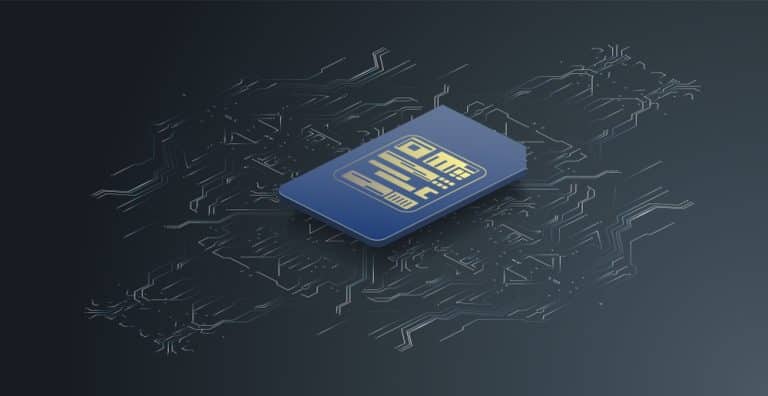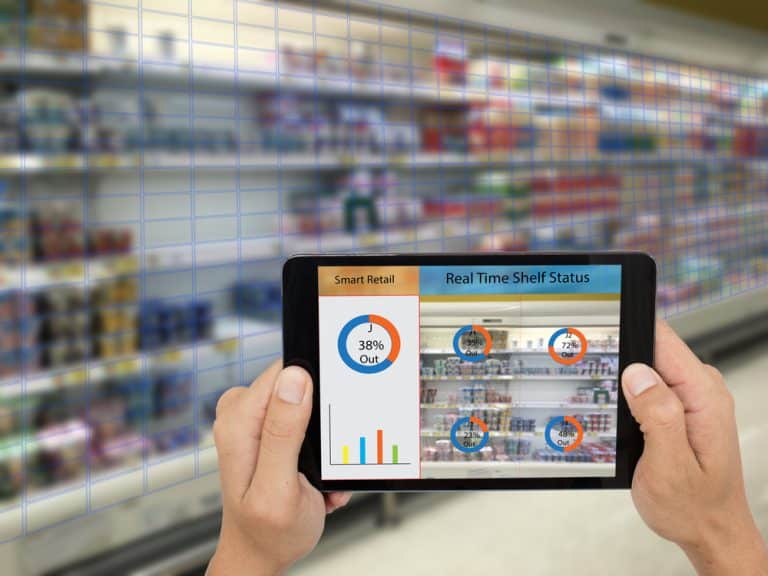By 2050, farmers must produce 70% more food, according to the UN, in order to feed the population. Farmers are currently dealing with a number of issues, including a labour shortage, rising demand, and issues relating to agriculture like the soil degrades and loses its capacity to support as healthy crops over time. In order to overcome these obstacles, farmers are starting to look at ways to improve quality and quantity through connected devices in their farms. Is the introduction of IoT and Smart Farming the answer?
What is smart farming?
Farming has always been an important part of human history and even with the introduction of new technologies, it remains one of the most essential activities in many societies. Smart Farming or precision agriculture utilises connectivity from SIM cards to allow farmers to Farmers now have the ability to improve control over the production of livestock by utilising a variety of connected smart agricultural equipment/devices, such as the quality of the crop being produced, monitoring livestock, and the state of the soil, to name a few. This capability makes it more predictable and efficient.
By collecting and processing large amounts of data, intelligent farming can improve resource efficiency, reduce costs, and increase productivity for the farmers. Coupled with modern technology such as drones or AI systems, farming is expected to benefit from more efficient decision-making processes that are both greener and more productive. Smart Farming is undoubtedly an important step forward towards more sustainable agricultural practices and a better future for farmers everywhere. Introduce the concept of multi-network SIMs and how they can be used in smart farms
Innovations in technology have increased agriculture’s industrialisation and reliance on it. Farmers can manage all of their practises in a variety of ways with the help of the Internet of Things. Some of these components weren’t previously available to farmers. They now have an entirely new viewpoint on how to run their farm as a result of this.
IoT Connectivity in Agriculture
Similar to many other digitalisation scenarios, connectivity is the most important core element. Only with a solid basis can very complex IoT scenarios like smart farming be deployed successfully, sustainably, and consistently. Farmers need to be able to reach their devices which are normally in remote areas and challenging distances far from anywhere, typically located in rural locations which have a weaker network infrastructure that even a long-distance Wi-Fi connection would have a problem reaching. This is why IoT is critical because it provides a connection through Multi-network SIMs which will automatically connect to the strongest network available.
Short-range, low-power wireless technologies like Bluetooth and Wi-Fi are currently being used to connect to smart farming terminal equipment to try and overcome the challenge of distance over difficult terrain.
IoT technology is being used in smart farms around the world to connect various devices and machines wirelessly. Low-Power Wide-Area Network (LPWAN) is a type of M2M technology that uses low-power wide-area networks to transmit data over long distances with little power. LPWAN is ideal for applications in smart farming, as it can connect devices located far away from each other while using very little power.
Multi-network sims are ideal for smart farms
Multi-network SIMS are ideal for smart farms, thanks to their IoT capabilities and reliable connectivity. This technology can support the vast data requirements of IoT-enabled agricultural networks, enabling farmers to monitor remote fields and automated decisions based on real-time conditions . Smart farms benefit from advanced communication and analytics capabilities, allowing IoT enabled devices to be monitored, managed, and optimised on one platform.
Multi-network sims provide unprecedented access to data that is essential for advanced agricultural operations. Such IoT network solutions help to streamline operations without costly infrastructure investments, creating cost savings and minimizing strain on resources with robust connectivity.
Multi network sims offer a number of benefits for farmers who are looking to implement smart farming technologies on their farm. By allowing farmers to connect to multiple networks, these sims make it possible for them to take advantage of a variety of smart farming solutions.
In addition, multi network sims can help reduce costs and improve efficiencies on the farm. The use of IoT applications for agriculture will only increase in the future. Here at Ritesim we want to help you gain a competitive edge.
For more information regarding connectivity for your smart farm, contact us below and we will be in touch shortly!



